It’s the one that comes with the camera, it’s the ‘nifty fifty’ and the bog standard prime lense everyone has included in the pack that’s so quickly forgotten and replaced by fancier and more exotic focal lengths.
I had a little bit of a revelation recently. It had been so long since I had taken my 50mm (equivalent) lens off my Fuji XT1 that it took me a couple of seconds to remember how to remove it. I had been shooting on the 50 for an unknown amount of time, my 28mm hadn’t even left my kit bag (my Nikon FM was the same). The reason it’s such a common lense dawned on me. It’s a truly great focal length.
I’d known for years 50’s are great for portraits but on balance what I hadn’t realised was how good 50mm is at landscapes as well.
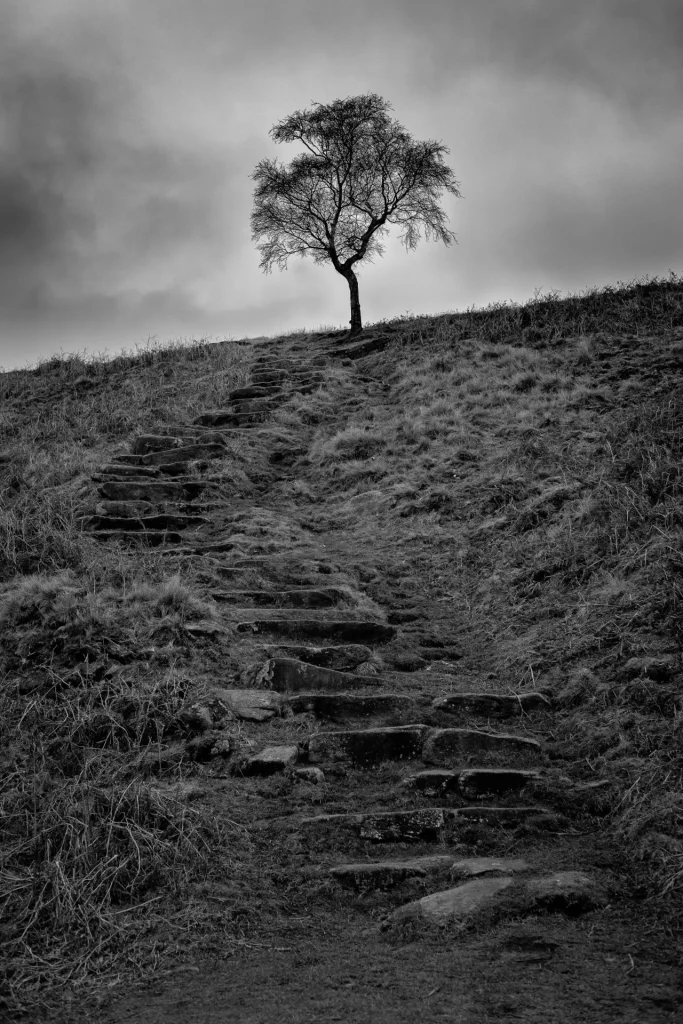
I think it can give landscapes more focus, shooting 50mm can really make you think about landscapes differently. I like a good wide but somehow the 50 gives them a bit more punch.
I used 35mm a lot before on my X100T but 35mm really struggles with close-ups of people it warps the face, just a little too much.
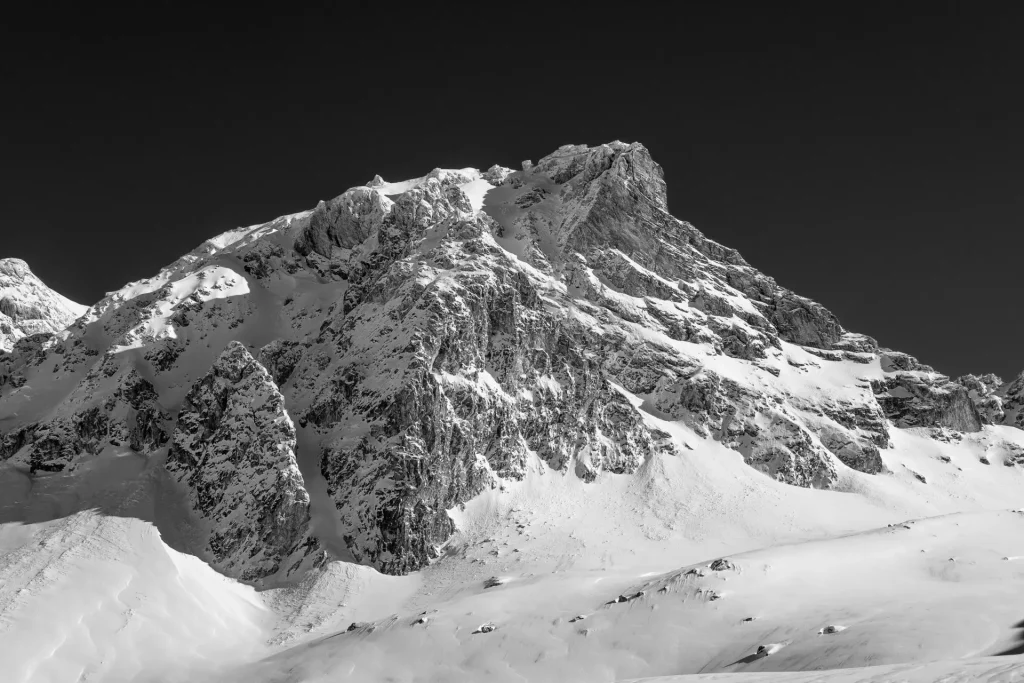
My Nikon FM was my reintroduction to the 50mm, when I bought my XT1 I even based by lense choice on what I have for the FM. You can go from big landscapes to inside and close-up easily, it’s so versatile. Usually as well 50mm is a prime so you can get a nice wide aperture range too so you can go from bright to dark. Have some really nice shallow depth of field and make things look really professional (on a low budget).
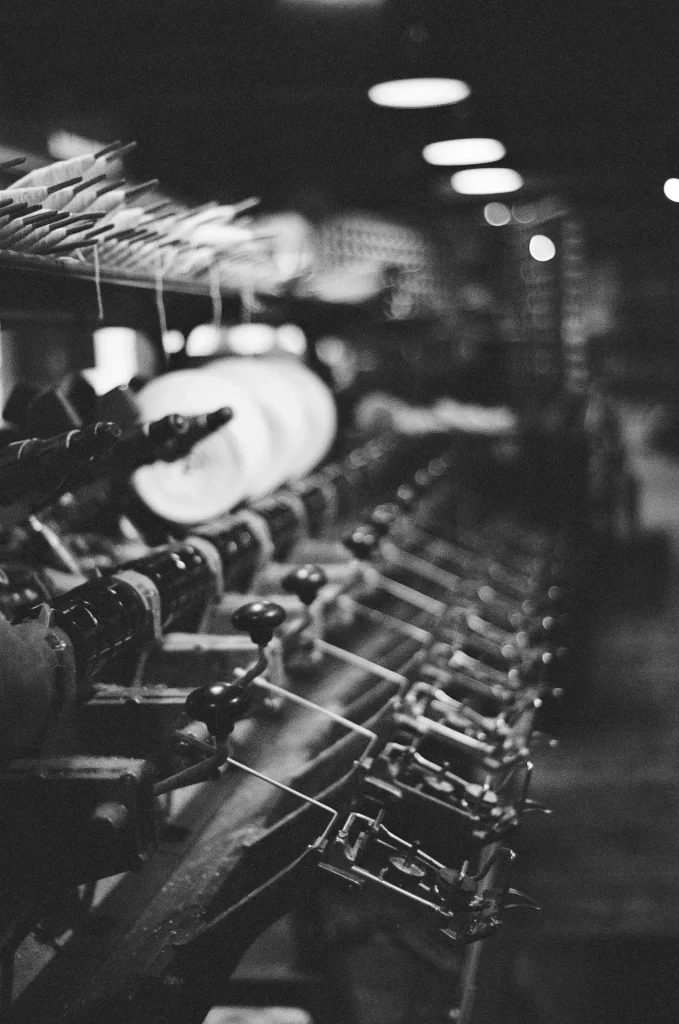
You can take some nice close-ups. Then go to the pub and keep shooting in low light.
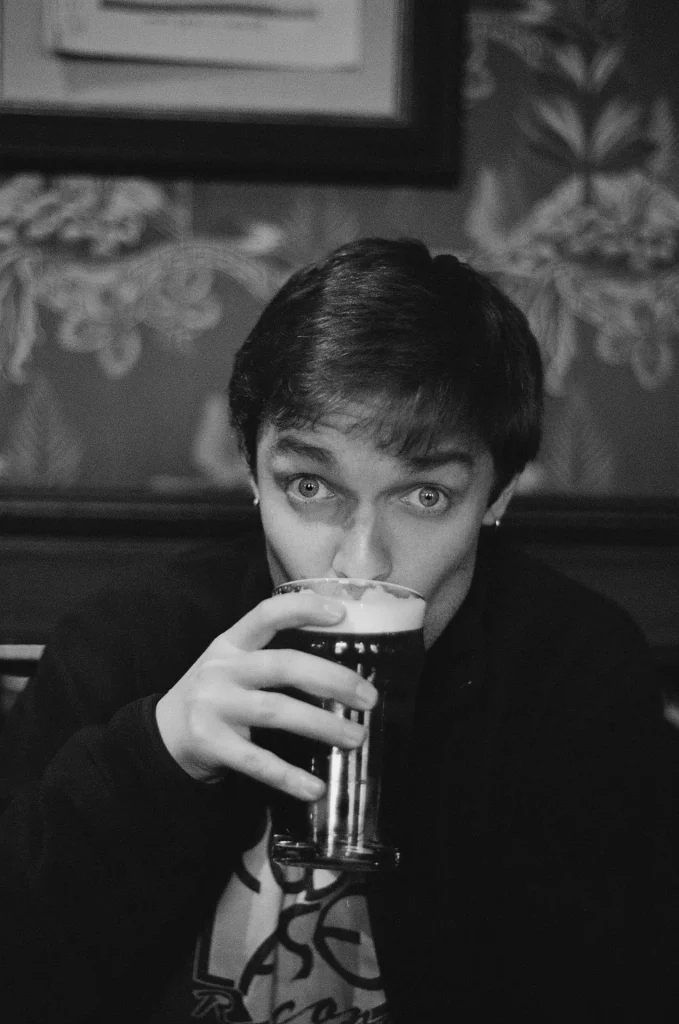
Which if you’ve read anything by me before you’ll know is important.
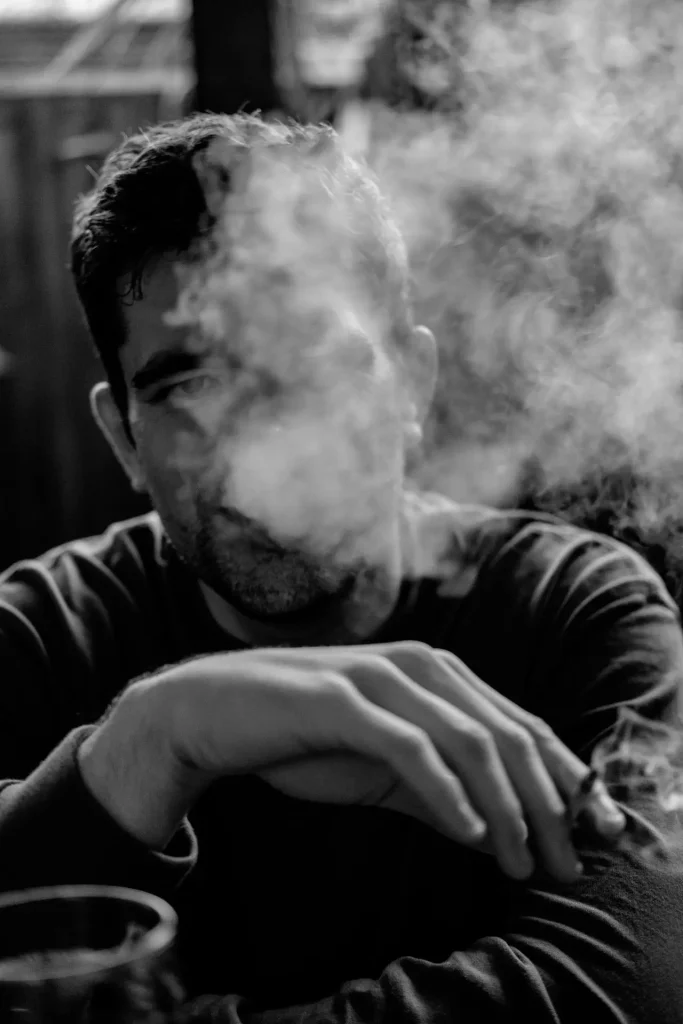
What I’m really trying to get at with this article is don’t write off the 50mm (or equivalent) because it’s so often one of the first lenses you get, you really don’t need that fancy new super wide or zoom lense 50mm does everything you need and maybe more (you can always walk further away or closer). I’m ashamed to say it’s just taken me all this time to really appreciate it!
Share this post:
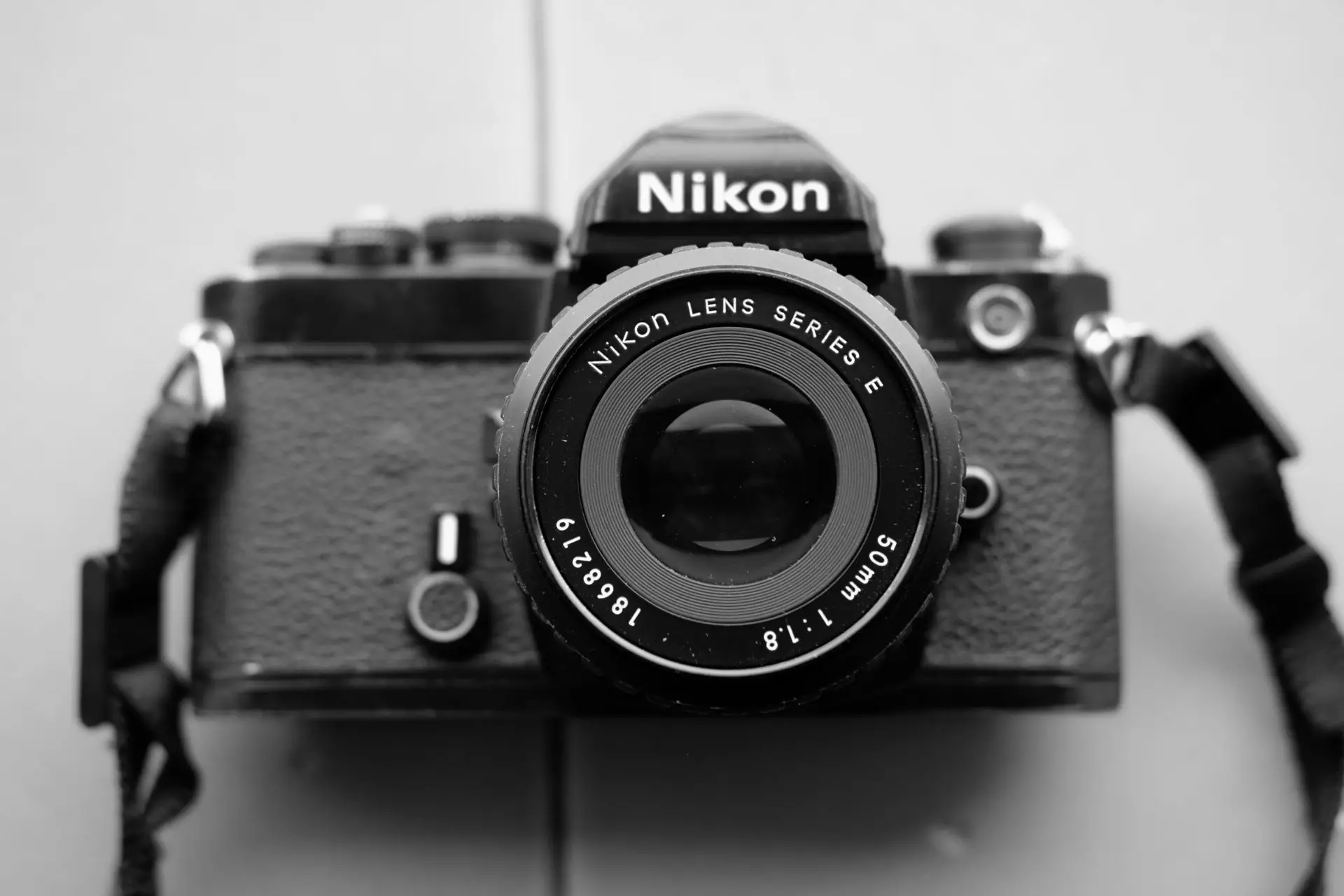








Comments
pierrealx on A Few Words In Praise of Humble 50mm Lens – By Andy Larner
Comment posted: 28/06/2020
I'm rediscovering the 50mm focal length as well after buying a Nikkor 50mm AI-s Mk II pancake for my Nikon FM3a. its such a breeze to shoot with.
Comment posted: 28/06/2020
Floyd on A Few Words In Praise of Humble 50mm Lens – By Andy Larner
Comment posted: 28/06/2020
Comment posted: 28/06/2020
allan Ritchie on A Few Words In Praise of Humble 50mm Lens – By Andy Larner
Comment posted: 28/06/2020
Comment posted: 28/06/2020
Comment posted: 28/06/2020
Daniel Sigg on A Few Words In Praise of Humble 50mm Lens – By Andy Larner
Comment posted: 28/06/2020
Comment posted: 28/06/2020
Daniel Castelli on A Few Words In Praise of Humble 50mm Lens – By Andy Larner
Comment posted: 28/06/2020
Thanks for the article. A couple of years ago I bought the Nikon 50mm f/1.8 pancake lens for me FE2. A nice, compact kit.
Funny thing though, the 50mm on my Leica M4-P seems restrictive; I switched back to a 35mm lens. I suppose I could have the M4-P converted to a .85 viewfinder and then the 50 would seem more natural, but the cost is very high.
Here's another thought: many people engage in 'street photography' and work with wider angle lenses. AS we continue to exist under the covid pandemic, will we ever see a return to the up close street style with these lenses? I think more will migrate toward the 50mm lens so they maintain a safe distance from their subject.
Ernie on A Few Words In Praise of Humble 50mm Lens – By Andy Larner
Comment posted: 29/06/2020
Chris on A Few Words In Praise of Humble 50mm Lens – By Andy Larner
Comment posted: 29/06/2020
brian nicholls on A Few Words In Praise of Humble 50mm Lens – By Andy Larner
Comment posted: 29/06/2020
David Murray on A Few Words In Praise of Humble 50mm Lens – By Andy Larner
Comment posted: 29/03/2021